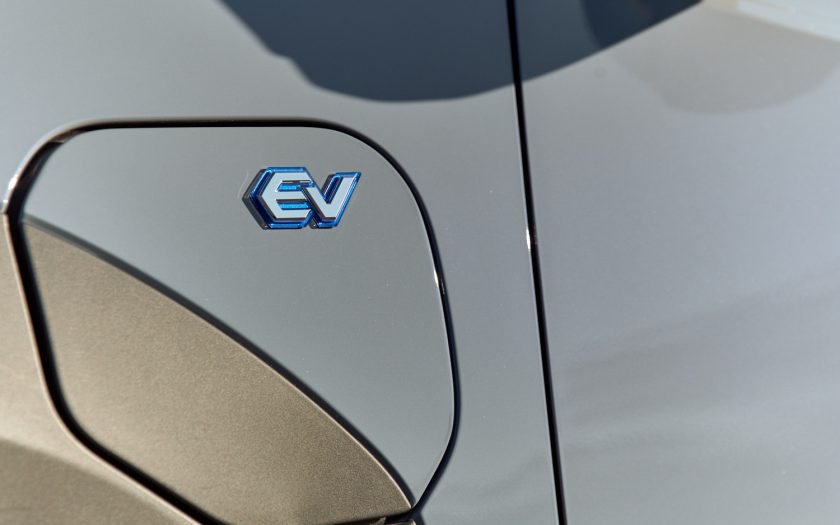WE HAVE MADE THE POINT BEFORE: we’re not sure the push to have us all driving EVs has been thoroughly thought through.
Now, an article by Bjorn Lomborg (president of the Copenhagen Consensus and visiting fellow at Stanford University’s Hoover Institution) raises more questions.
As he so presciently asks: if EVs are so good, why do we need to subsidise them and ban petrol and diesel alternatives?

Now, there may be a hidden agenda here (after all, there is certainly a hidden agenda for the pro-EV lobby), but we’re intrigued by Mr Lomborg’s arguments.
As he points out, electric cars are being subsidised to the tune of $US30bn ($AU44.6bn) a year in the US alone. And he wonders if it is money being well spent.
Carbon emissions from an electric car depend, to a large extent, on whether it is recharged using clean power or coal power. Factor in the huge volumes of energy expended to manufacture batteries, using masses of energy produced, for the most part, in China, and mostly using coal and the equation becomes a little less clear. The International Energy Agency estimates that an electric car using the average global mix of power sources over its lifetime will still emit about half as much CO2 as a petrol car.
Mr Lomborg explains that to buy an equivalent carbon emission reduction on America’s longest established carbon trading system would cost about $US300. And yet, he argues, many countries pay more than 20 times that amount in subsidies to try and convince people to switch to EVs.
Of course, an EV produces no air pollution. But it does need electricity, which can actually produce more pollution. A recent study found that EVs cause more of the most dangerous particulate air pollution than petrol-powered cars in 30 percent of American states. It does depend on how the power is generated. In China, an EV pollutes slightly less if driven in areas where power is produced in newer, cleaner power plants, but slightly more where those power plants are older and less efficient.
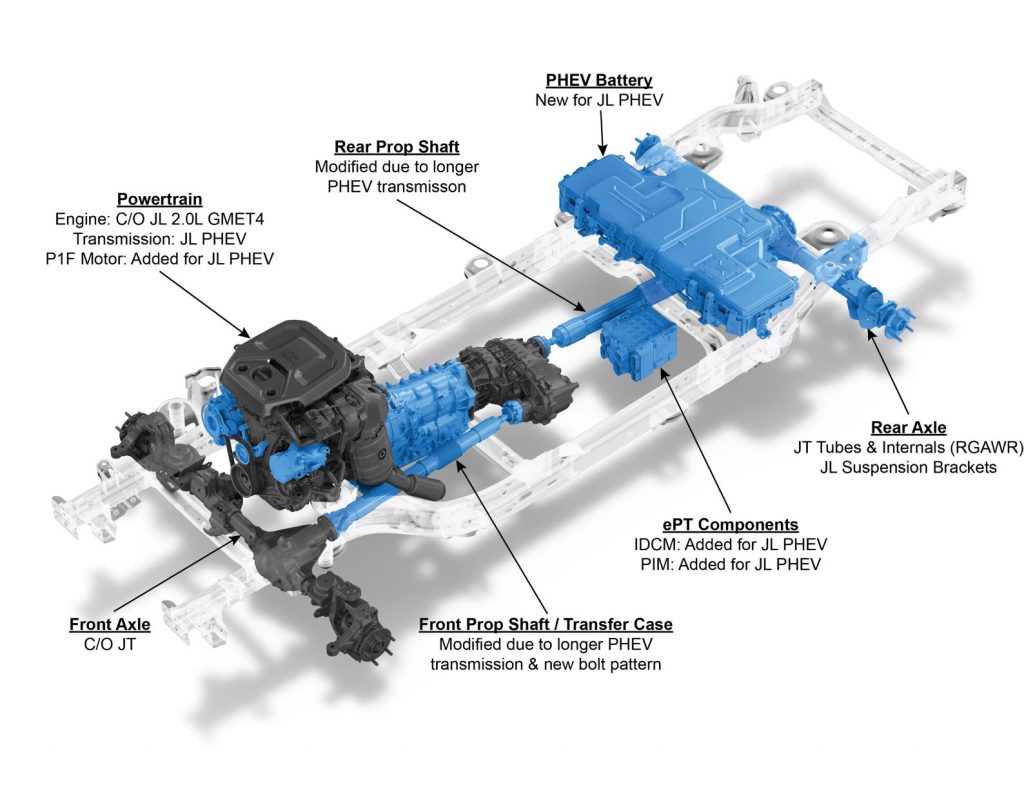
Then we come to that old problem: EVs need large batteries and that makes them heavier than comparable ICE (internal combustion engine) vehicles. Another study shows that this weight difference alone means EVs produce more particulate matter emissions as a consequence of increased tyre wear, increased brake wear and increased wear and tear on roads. And as we’ve seen with large SUVs impacting smaller sedans, heavier vehicles are more dangerous to other road users in any collision. Mr Lomborg quotes a study conducted in Nature that indicated heavier electric vehicles will actually cause so many more deaths that the toll could outweigh the total climate benefits from reduced CO2 emissions. And as users demand greater range from their EVs, batteries will get bigger and heavier and the problem will be compounded.
Still a problem with initial purchase price
EVs continue to be more expensive to buy than equivalent ICE vehicles. Admittedly, prices are coming down, but in the US, the average price of a new car is $US48,000. An EV of similar size and equipment is more than $US66,000. The situation is much the same in Australia.
Arguably, maintenance and running costs of an EV are lower than an equivalent ICE vehicle, but a new US government report has found that the cost of an EV, over its lifetime, is nine percent higher. And that assumes that the EV will be driven as much as a petrol car, currently not the case because EVs are reportedly driven only half the distance as a petrol car, making the EV even more expensive. The reason for this disparity is that most households don’t use an EV as their only vehicle. In the US, only one in 10 households relies solely on their EV; the other 90 percent also own at least one non-electric car, as often as not an SUV, truck or minivan, any one of which they drive far further than their electric “other” car.
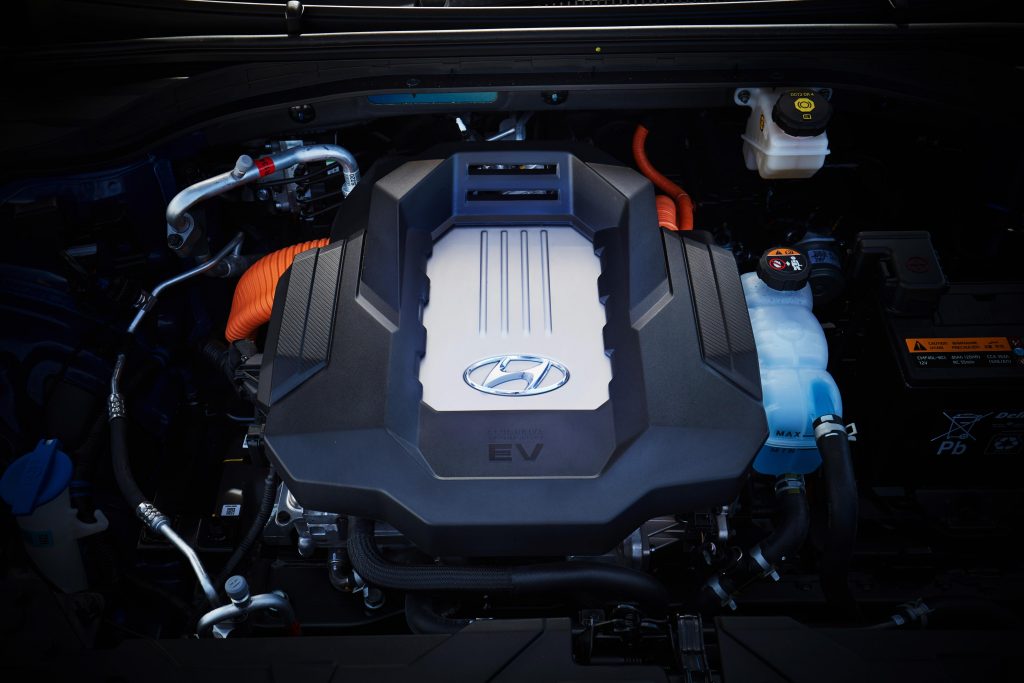
Natural resources at a premium
Inevitably and, for the moment, unavoidably, EVs require large amounts of minerals to manufacture. And as we all enthusiastically embrace EVs, the demand for cobalt, nickel and manganese will increase exponentially. Some estimates suggest by 40 to 80 times by 2050. Lithium will be in 140 times greater demand than at present. Cars and storage will consume more than 10 times the current annual global lithium production.
Ethical concerns
Many people are buying EVs with the best of intentions, and commendable concern for the future of the planet. Many of them are unaware that the majority of cobalt mining is conducted in Congo using child labour. And most mineral processing is concentrated in China.
An option only open to wealthy countries
It is highly unlikely, at least in the short term, that so-called emerging nations will be able to embrace EVs. Norway is currently the only country where most new cars are EVs, but that is only possible because Norway pays indirect subsidies such as sales tax and registration fees that add up to an amazing $US23,500 per car. And then Norway adds in other tax breaks such as reduced road tolls. Mr Lomborg suggests that Norway is paying such high subsidies to seduce buyers into EVs, with such minimal CO2 reductions that it has to sell 100 barrels of oil, producing emissions of 40 tons of CO2, simply to subsidise a single electric car and cut emission by one ton.
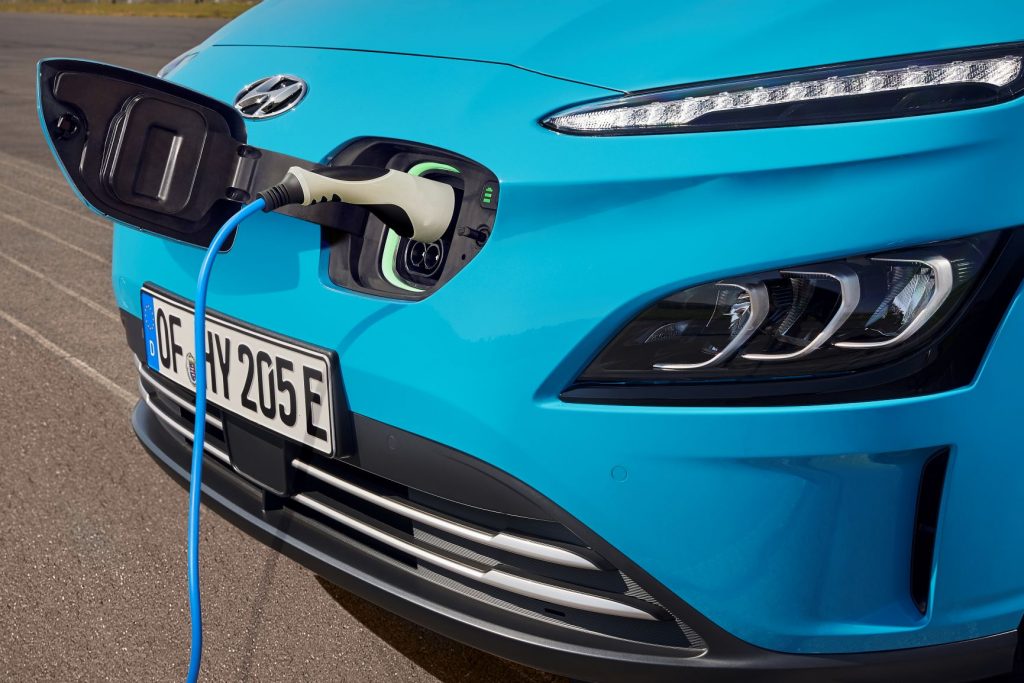
New cars may be EVs, but the fleet won’t
With such a push to EVs, it is likely that EV sales will quickly and significantly outstrip sales of petrol or diesel vehicles. In the US, the Biden administration admits that even in 2050, more than two thirds of all cars globally will still be powered by petrol or diesel.
EVs are promoted because they promise to reduce emissions. But even in the unlikely event that the whole world should achieve its ambitious electric vehicle targets by 2030, the IEA (the International Energy Agency) estimates the additional savings in CO2 emissions over this decade will be 235 million tons. Sounds good, but according to Mr Lomborg, the standard climate model used by the Intergovernmental Panel on Climate Change predicts that this will reduce global temperatures by just 0.00010C by 2100.
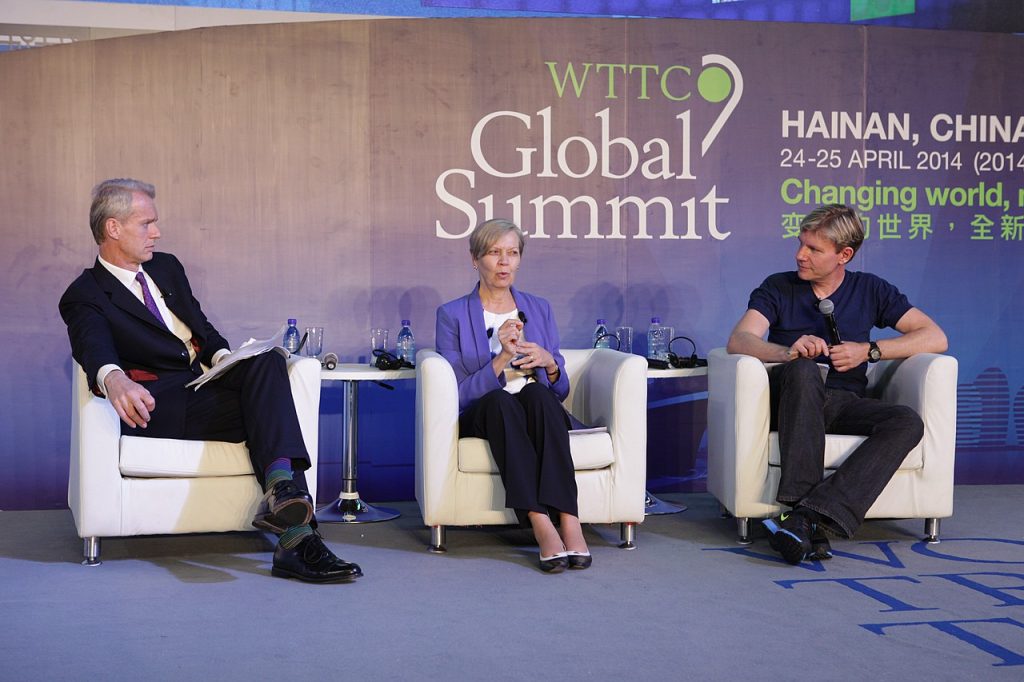
Reasoned argument, not spin and obfuscation
We don’t know much about Bjorn Lomborg. He may well be genuine in his concerns or he may be in the employ of some interested party or parties to promulgate his views.
He is best known for his book, The Skeptical Environmentalist, a book that has been accused of containing deliberately misleading data, flawed conclusions and misrepresentation of scientific facts.
As far as we can discern, Mr Lomborg’s Copenhagen Consensus Center was registered as a not-for-profit organisation in the US in 2008. Since then, it has attracted more than $US5 million in donations, although from whom is not stated.
In 2014, the Australian Government offered the University of Western Australia $4 million to establish a “consensus centre” with Mr Lomborg as director. After initially accepting the offer, the University reversed its decision after massive opposition from its faculty, students and climate scientists around the world. A similar situation arose when Flinders University was approached about hosting the renamed Lomborg Consensus Centre. In October 2015, the government offer of funding was withdrawn
Regardless, we all need to hear all sides of the story, and be presented with all the facts, pro and con, before we rush into an EV future.
Unfortunately, this is most unlikely to happen.
